Drought to Cost California Agriculture $2.2 Billion and 17,000 Jobs, But Groundwater Is a Lifeline
Record reductions in river flows will be offset by pumping more water from aquifers.
By Brett Walton
Circle of Blue
A three-year drought that is upending notions about water availability and water management in California will cause the most economic damage in the Central Valley, a national agricultural powerhouse, according to a report published Tuesday.
The drought will cost the $US 43 billion California agricultural industry $US 2.2 billion in total economic losses and 17,100 jobs, according to researchers at the University of California, Davis.
To survive the driest conditions in state history, farmers will turn en masse to a vital yet endangered resource: groundwater.
“We have to do a better job of managing groundwater basins to secure the future of agriculture in California.”
–Karen Ross, secretary
California Department of Food and Agriculture
Water stored underground in aquifers is essential for enduring dry years such as 2014, but so much water has been pumped out that this lifeline is threatening to snap. Wells in most of California are at record lows, according to a state assessment released in April.
“We have to do a better job of managing groundwater basins to secure the future of agriculture in California,” said Karen Ross, secretary of the California Department of Food and Agriculture, which commissioned the study.
Groundwater pumping is expected to increase 62 percent this year compared to an average year, according to the study. That increase will cover three-quarters of the anticipated shortfall in water supplies from canals and reservoirs. Water deliveries were slashed to zero this year for large farm districts in the San Joaquin Valley because of a tiny Sierra Nevada snowpack and reservoirs less than half full.
Satellite data analyzed by researchers at the University of California, Irvine shows that the amount of water pumped out of aquifers in dry years is far greater than the amount stored during wet periods.
A lively debate is occurring now about how best to corral largely unregulated groundwater use. A more sustainable path is a top goal for Governor Jerry Brown. The legislature, when it returns in August from its summer break, will also take up the issue.
Dividing the Dollars
Of the total estimated economic losses, nearly $US 1.5 billion relate to a drop in farm revenue. The remainder stem from idle workers in associated industries such as packing and shipping.
The estimates were derived using a computer model of state agricultural production, combined with NASA satellite data on farmland fallowing and state groundwater data.
Of the $US 1.5 billion in revenue losses, two-thirds come from a drop in farm production and one-third from the increased cost of pumping water, a heavy substance, from underground. Altogether, this represents a loss of roughly 3 percent of state agricultural sales.
Some 95 percent of the revenue losses will come from the Central Valley, where many of the nation’s fruits and nuts are grown. Farm districts in the southern Central Valley rely on water deliveries from northern California, which were cut to zero this year. As many as 410,000 acres, mostly of row and feed crops such as cotton and alfalfa, will not be planted for lack of water, according to the Davis study.
Agricultural regions in coastal and southern California will see little change. Coastal farmers will not be affected by cuts in from state and federal canals, and farmers in the Imperial Valley, near the Mexican border, will receive a full drink of Colorado River water, to which they are entitled.
Brett writes about agriculture, energy, infrastructure, and the politics and economics of water in the United States. He also writes the Federal Water Tap, Circle of Blue’s weekly digest of U.S. government water news. He is the winner of two Society of Environmental Journalists reporting awards, one of the top honors in American environmental journalism: first place for explanatory reporting for a series on septic system pollution in the United States(2016) and third place for beat reporting in a small market (2014). He received the Sierra Club’s Distinguished Service Award in 2018. Brett lives in Seattle, where he hikes the mountains and bakes pies. Contact Brett Walton

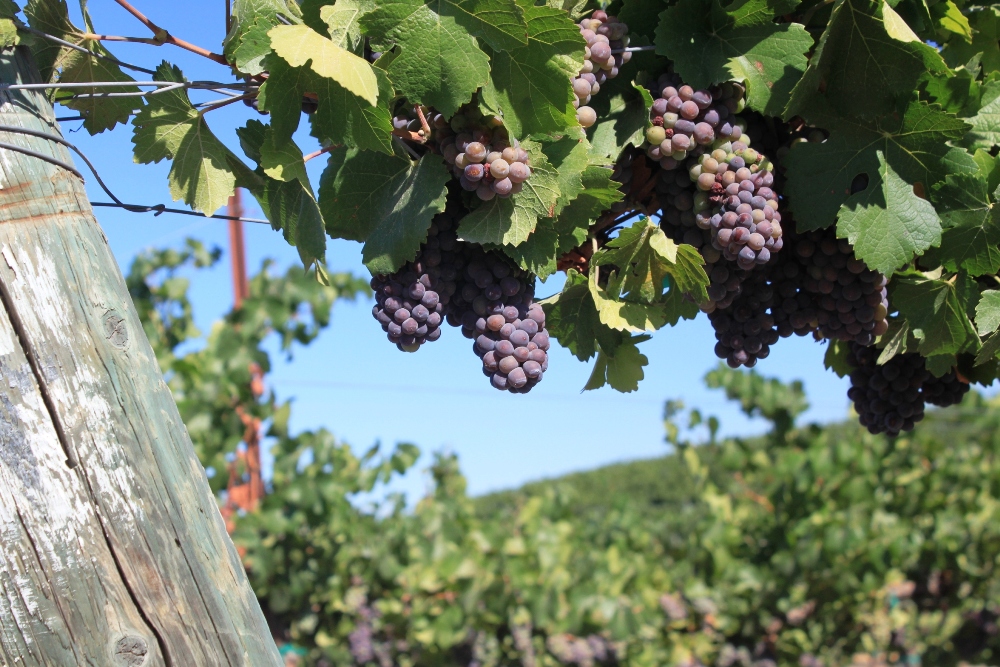



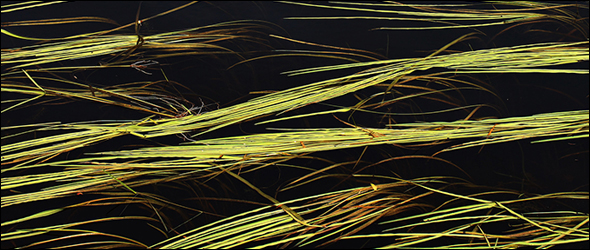
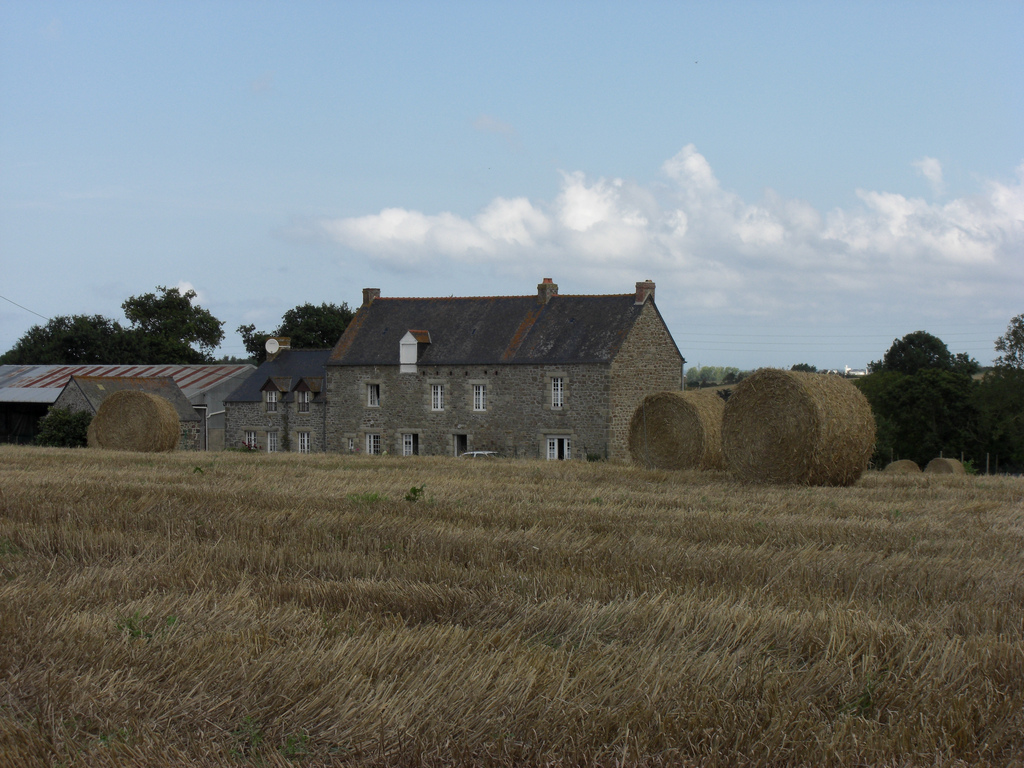
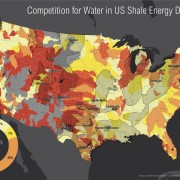



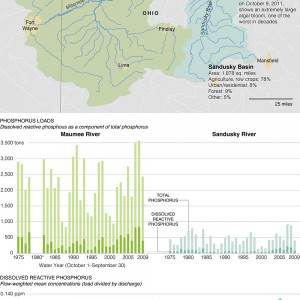
Leave a Reply
Want to join the discussion?Feel free to contribute!